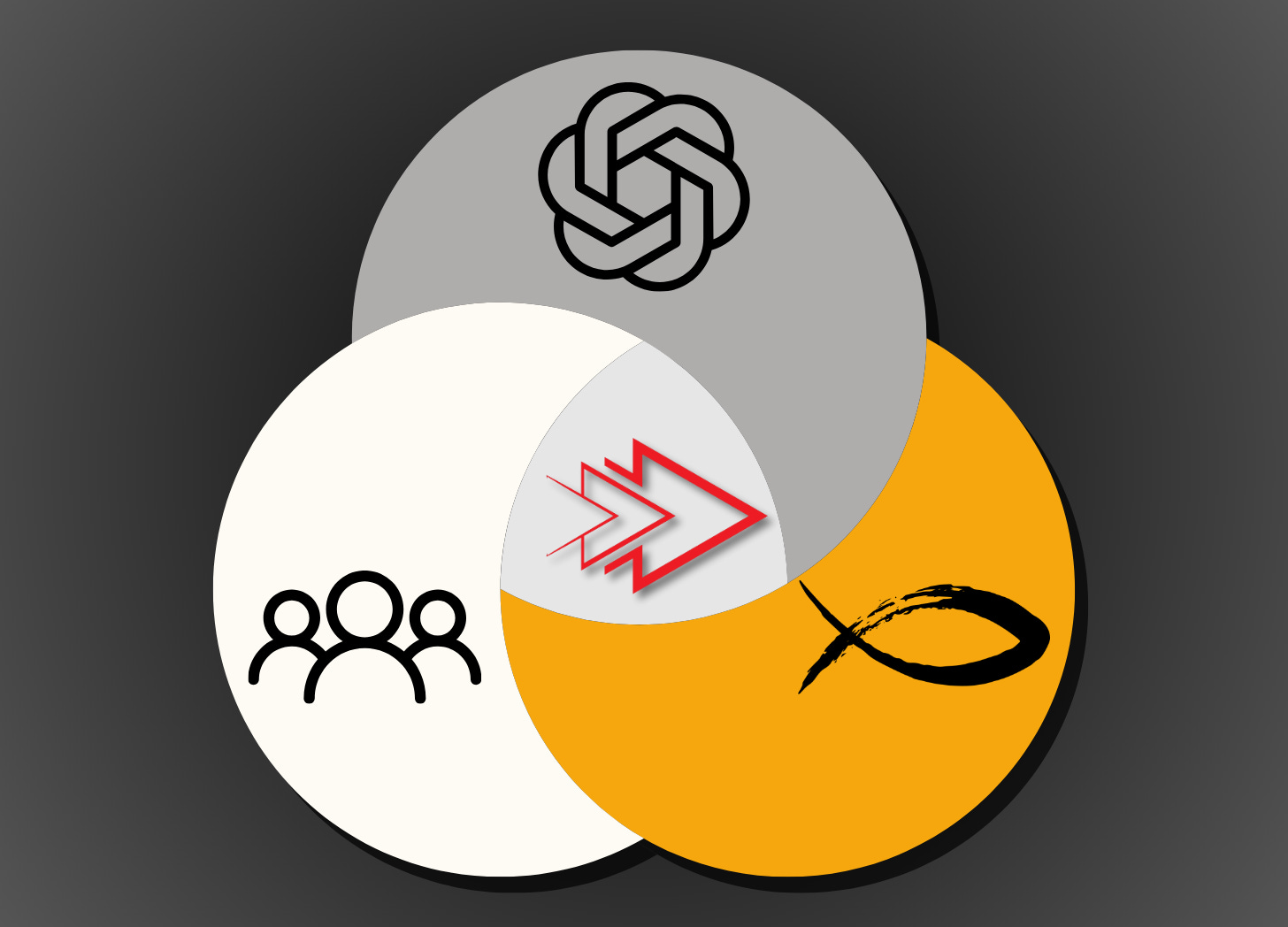If you prefer the audio of this article, click here.
I came to the radical right, or whatever you want to call it, through neoreaction, or NRx. It was a perfect fit for me. I had tried and failed to defend my libertarian beliefs, and suddenly found myself ideologically homeless. But left-wing politics is reprehensible, inhabited by ghouls more and more subhuman the further out you go. Centrism wasn’t an option either because I’m not braindead. So there was only one way to go.
Curtis Yarvin, the fountainhead of NRx, once said (paraphrasing) that an ideal political compass would be “is democracy good?” on the one axis and “is democracy inevitable?” on the other, and the only interesting action is happening in the corner that says “no” to both. This is very true. I was saying the same by the time I bid farewell to libertarianism, so NRx was a natural place to land.
This was around 2014–2015, the pre-Trump era. It was a different time. Illiberal right-wing politics was barely a blip on the radar. The nascent alt right was a big tent movement, a hodgepodge of people who hated each other, like manosphere guys, ethnonationalists, HBD autists, tradcaths, and others—but who hated liberalism more. The most interesting of any of these was NRx. For those not familiar, NRx is basically the application of modern engineering principles to social problems, and discovering that all the most superior social technology is also the most ancient.
It’s impossible to communicate what a revelation this was. Stumbling upon it was like stumbling upon an ancient grimoire hidden in a university basement, opening it up, and finding a diagrammatic plan for constructing both the pyramids and a hyper-advanced cryptographic protocol. It was forbidden knowledge. This sort of thing was not supposed to exist. But here it was. NRx was inhabited by guys at the very far right tail of the IQ bell curve, some of whom were in fact engineers and other professionals, but who had broken from their conditioning and dared intellectual honesty. Not to impugn any of the other alt right components, but NRx was breaking new ground like nothing else.
It was, of course, also hopelessly flawed. Like the broader alt right, NRx did not hang together very well. It was a jumble of people with reactionary and futurist instincts, but not much else in common. One of the stronger voices in NRx named Spandrell coined what came to be known as the “Spandrellian Trichotomy” of NRx components:
Traditionalists
Ethnonationalists
Techno-accelerationists
The traditionalists were overwhelmingly Catholic, since Yarvin, the founder of NRx, had traced the genesis of modern liberalism back to the Reformation. Ethnonationalists were originally strong in it, but eventually drifted into the “alt right proper” as the alt right became nothing more than ethnonationalism. The techno-accelerationists were always kind of their own thing, gathered around Nick Land, and slowly started talking only to themselves. All that was left were the Catholics, so NRx eventually just became Catholicism, and then was made redundant because there already is Catholicism. Spandrell himself disappeared into Urbit.
Recently though, he came back and posted an article on his website, A Post-Mortem on Neoreaction. His account of why NRx died is a bit different than mine, and he actually was involved, whereas I was only a reader. So take this for what it’s worth. I don’t disagree with it, really. The TL;DR is that NRx grew up, got busy with work and life, and some guys did actually gain power, but overall that the doomer aspect just got tired. But in reading this post-mortem, it became clear that the Spandrellian trichotomy is anything but dead.
As I wrote back in my Conflict post, neoreaction was an uneasy alliance of ethno-nationalists, theocrats and techno-accelerationists. Those 3 factions are as alive as ever. They are pretty old and stable political schelling points. Not exactly Lindy, it's not fixed in human nature, but it sure is a stable equilibrium in an industrial society. You have some people clinging to the old religious agrarian order: the theocrats. You have another group who took power from them by building a new coalition based on the larger scale of organization enabled by industrialism: the Nationalists. And you have a smaller, edgy minority getting ready for the next shift change, exasperated at the compromises made by the current nationalist ruling ideology: the techno-comms or whatever I called them back then. Today they go by e/acc.1
This three-part alliance has never died. In fact, if anything, it is more alive than ever, and has now been synthesized into what we are calling folkishness. We are the inheritors of the Spandrellian trichotomy. But crucially, the old trichotomy was incoherent and could not hang together. The folkish synthesis is coherent, and it has achieved this coherence by modding each of the three components, some quite radically. But the dynamic is still recognizable.






